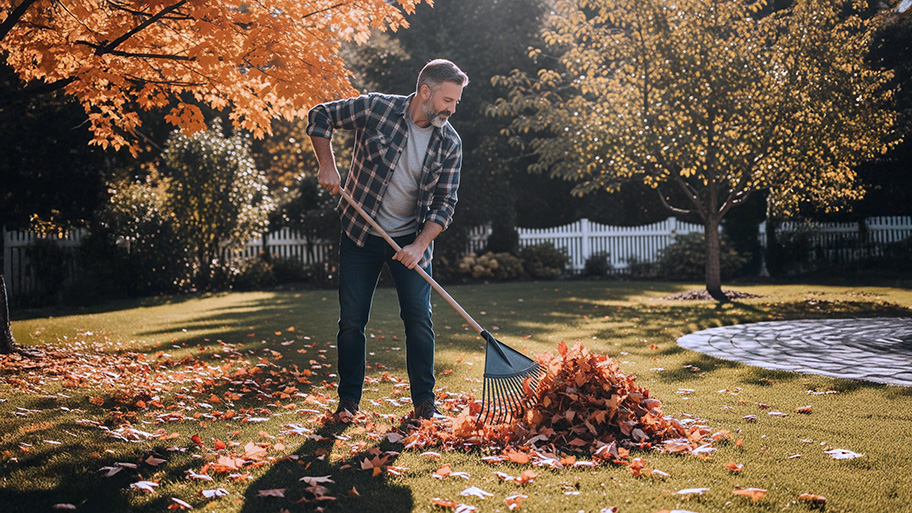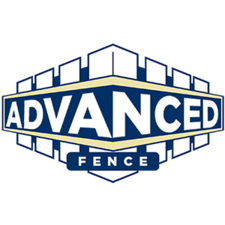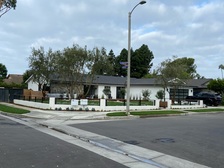
Get matched with top leaf removal pros in Redwood Valley, CA
Enter your ZIP and get matched with up to 5 pros
Need a pro for your leaf removal project in Redwood Valley, CA?
Verified Reviews for Leaf Removal pros in Redwood Valley, CA
*The Angi rating for Leaf Removal companies in Redwood Valley, CA is a rating based on verified reviews from our community of homeowners who have used these pros to meet their Leaf Removal needs.
*The HomeAdvisor rating for Leaf Removal companies in Redwood Valley, CA is a rating based on verified reviews from our community of homeowners who have used these pros to meet their Leaf Removal needs.
Last update on November 30, 2025
Find Leaf removal pros in Redwood Valley
Sonoma county vegetation management
Sonoma county vegetation management
We're a locally owned and operated company that values honesty and integrity and treats your home as if it were our own. Our services are customized to the individual project, paying close attention to the details of each project that we're involved with. We pride ourselves on the quality of our work as well as our commitment to outstanding results. We look forward to building lasting relationships and guaranteeing your satisfaction!
We're a locally owned and operated company that values honesty and integrity and treats your home as if it were our own. Our services are customized to the individual project, paying close attention to the details of each project that we're involved with. We pride ourselves on the quality of our work as well as our commitment to outstanding results. We look forward to building lasting relationships and guaranteeing your satisfaction!
Crystal Clean Housekeeping
Crystal Clean Housekeeping
House cleaning services to be payed upon completion of job
House cleaning services to be payed upon completion of job
The Redwood Valley, CA homeowners’ guide to leaf removal services
From average costs to expert advice, get all the answers you need to get your job done.

A yard cleanup can keep your lawn clean and prepare it for the next season. Find out the average yard cleanup cost and what can affect it.

Autumn leaves are beautiful but also leave quite a mess to clean up. This guide will help you budget for your leaf removal cost this fall.

Allowing leaves to decompose naturally can add vital nutrients back into your soil. Learn whether you should rake leaves and why.

If autumn brings a blanket of leaves to your yard, you’ve got options. From mulching to free leaf removal days, here’s what to do with leaves in your yard.

Struggling to keep up with tree debris from those pines in your yard? Learn how to remove pine needles from your lawn to keep it healthy and looking tidy.

If your yard gets covered in leaves, you need the help of a trusty leaf blower. Follow our guide to blow leaves where you want them to go.
- Roofing in Redwood Valley
- Plumbing in Redwood Valley
- Flooring in Redwood Valley
- Kitchen And Bath Remodeling in Redwood Valley
- Electrical in Redwood Valley
- Landscaping Hardscaping And Pavers in Redwood Valley
- Septic Tank in Redwood Valley
- Dumpster Rental in Redwood Valley
- Mailbox Repair in Redwood Valley
- Window Cleaning in Redwood Valley
- Garbage Collection in Redwood Valley
- Countertops in Redwood Valley
- Concrete Repair in Redwood Valley
- Swimming Pools in Redwood Valley
- Cleaning in Redwood Valley
- Carpet Cleaning in Redwood Valley
- Pest Control in Redwood Valley
- Tree Service in Redwood Valley
- Contractor in Redwood Valley
- Welding in Redwood Valley
- Mulch And Topsoil in Redwood Valley
- Handyman Service in Redwood Valley
- Small Appliance Repair in Redwood Valley
- Home And Garage Organization in Redwood Valley
- Garage Doors in Redwood Valley
- Fireplaces in Redwood Valley
- Home Security Systems in Redwood Valley
- Siding in Redwood Valley
- Excavating in Redwood Valley
- Sewer Cleaning in Redwood Valley
- 🌱 "Mow a small front yard"
- 🛠 "Fix a leaking pipe under the sink"
- 🏠 "Repair shingles on an asphalt roof"




